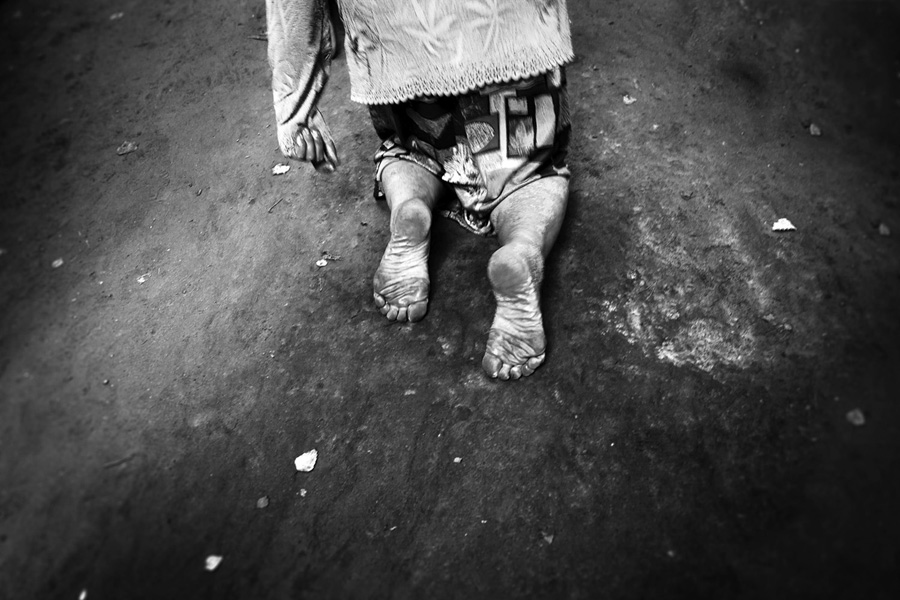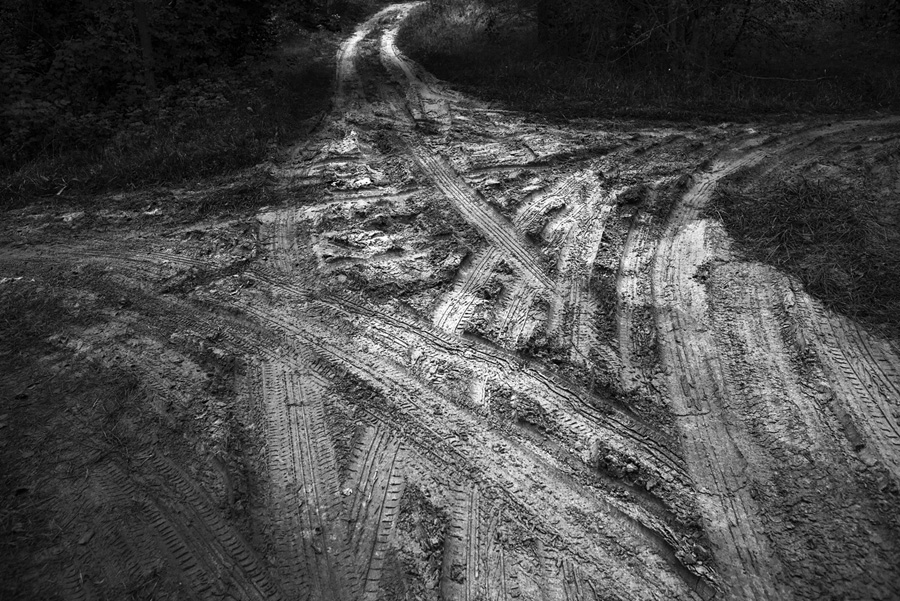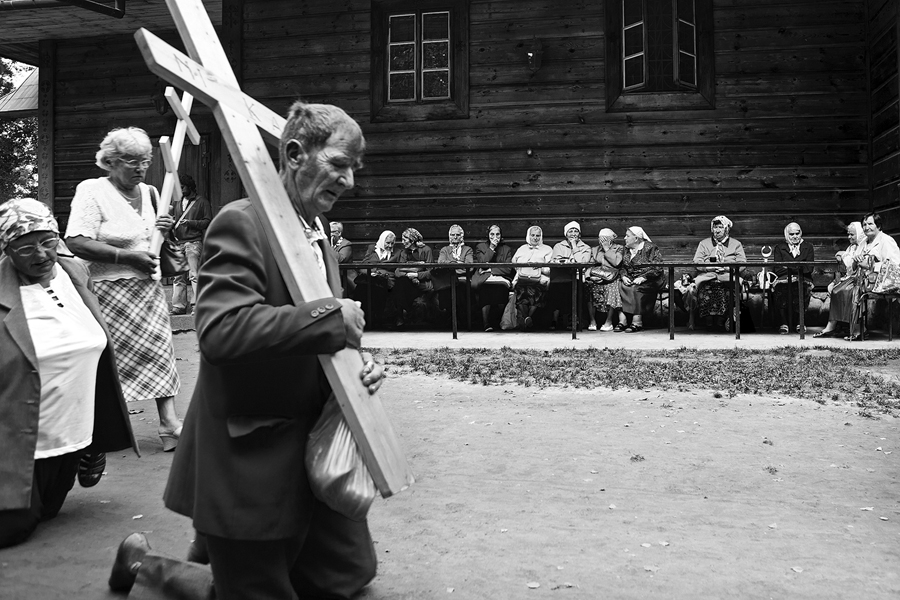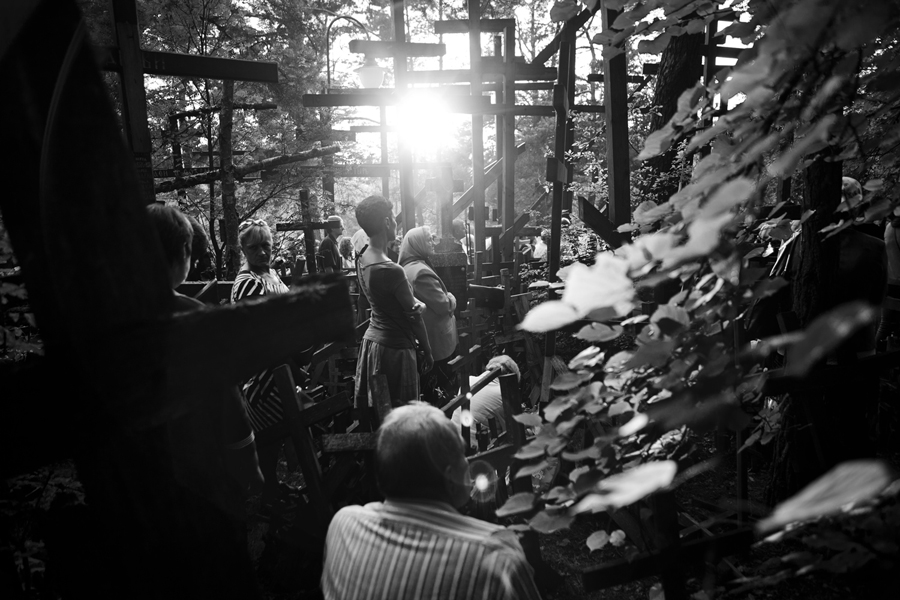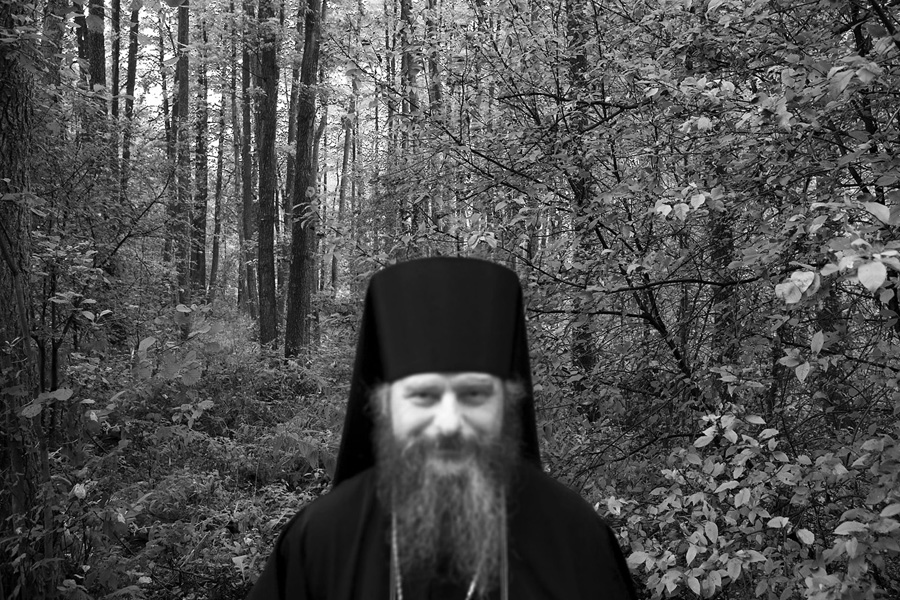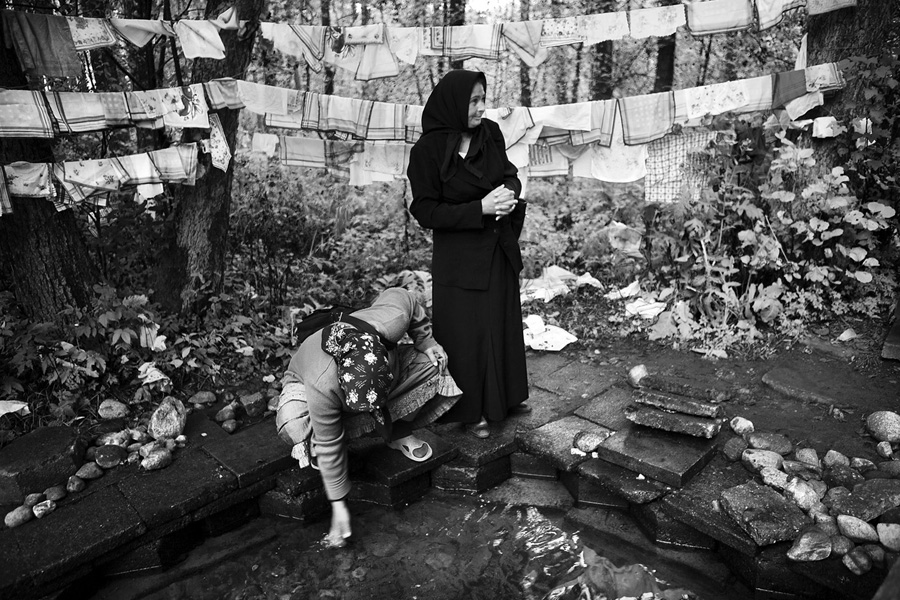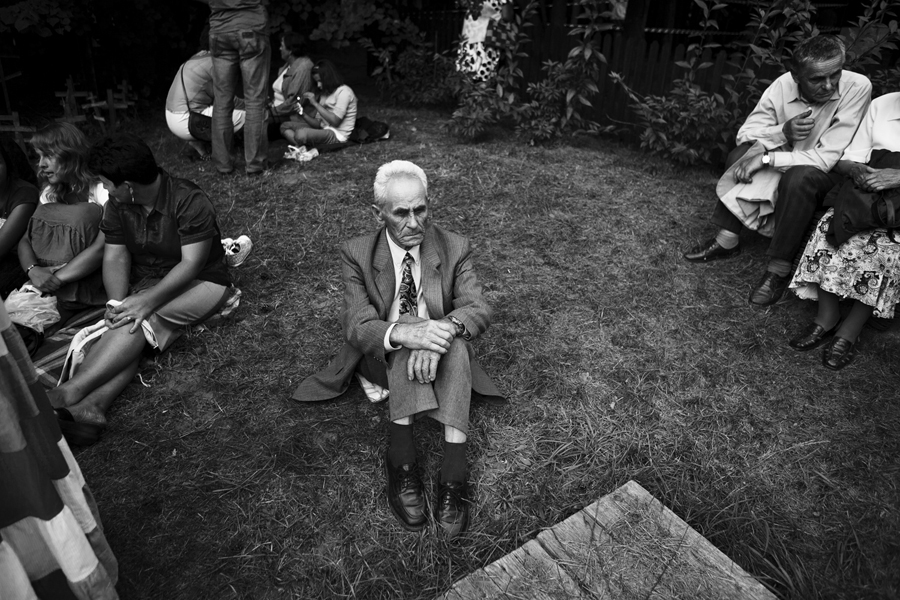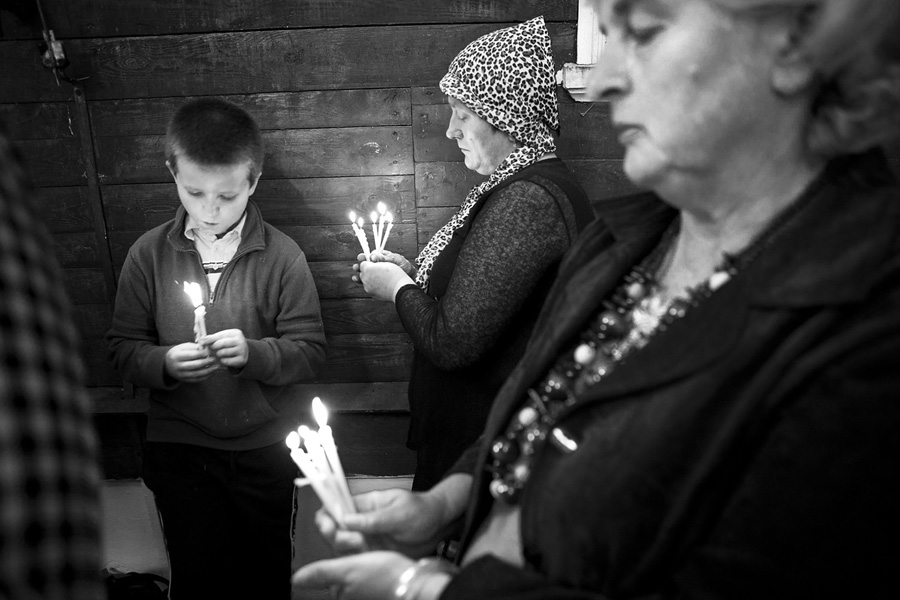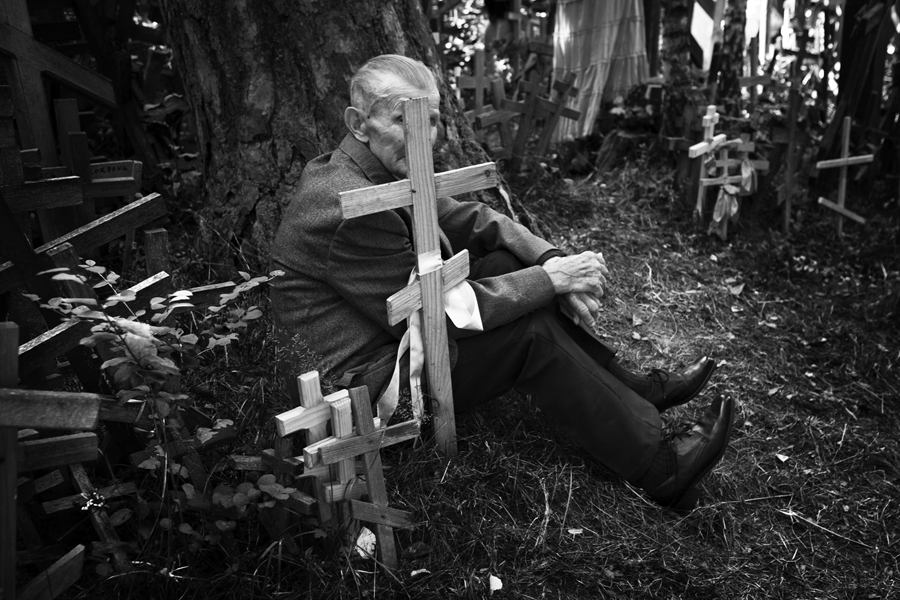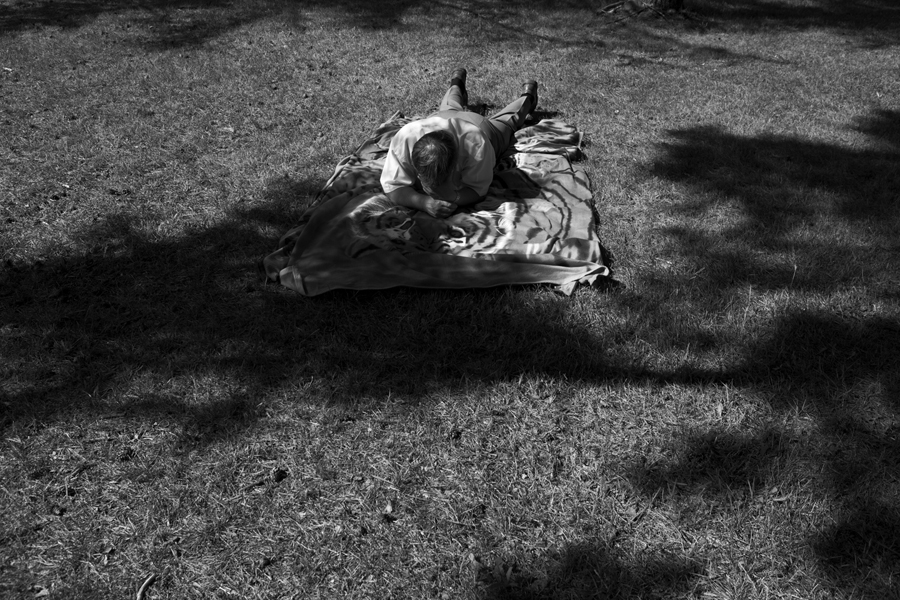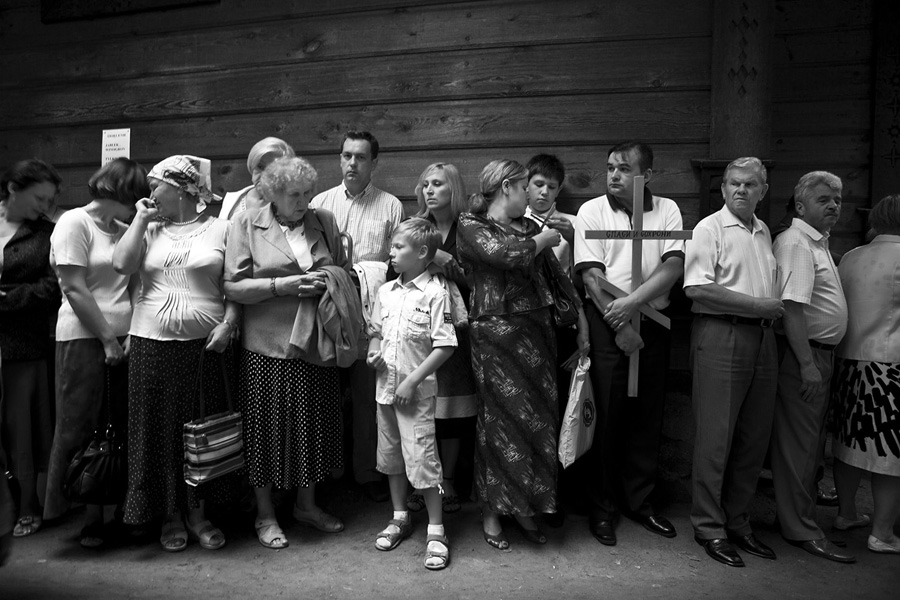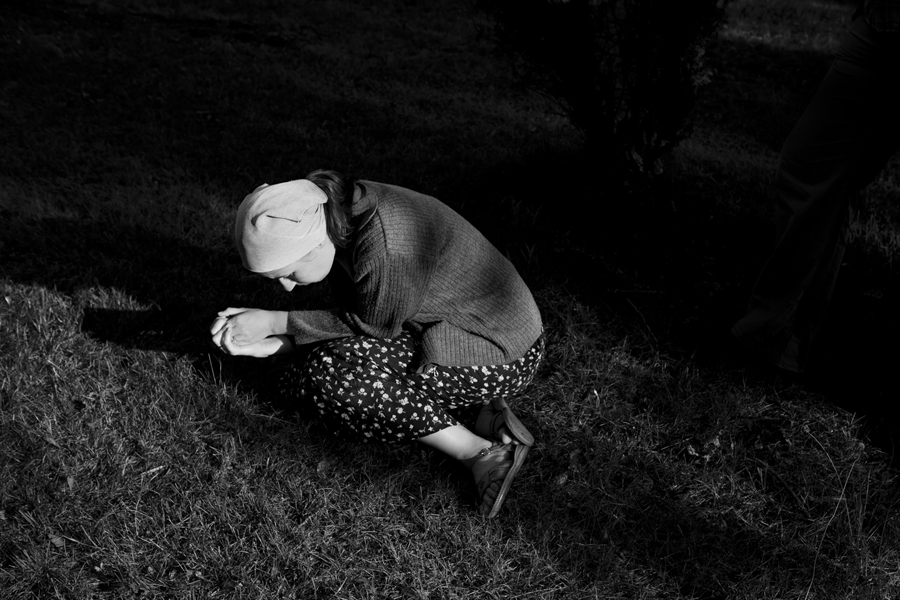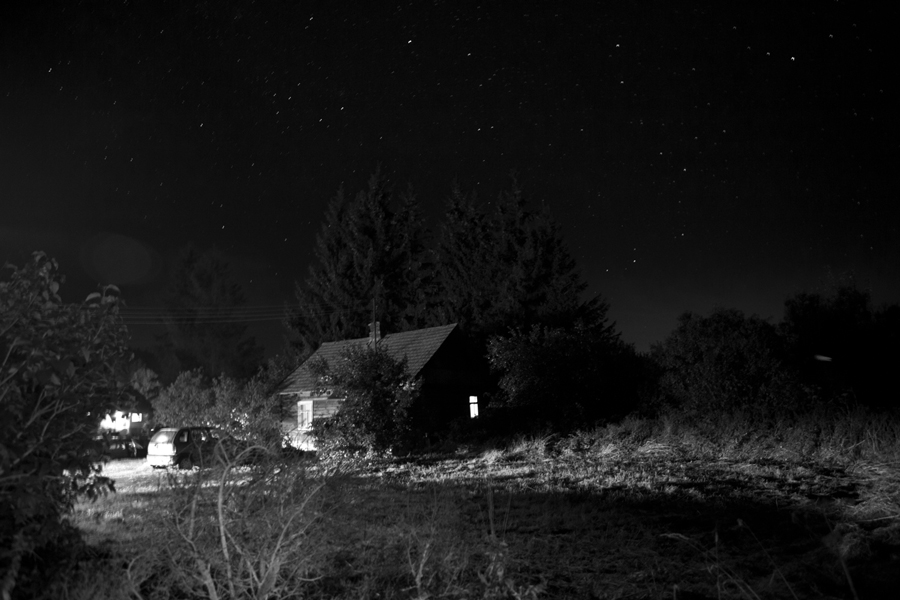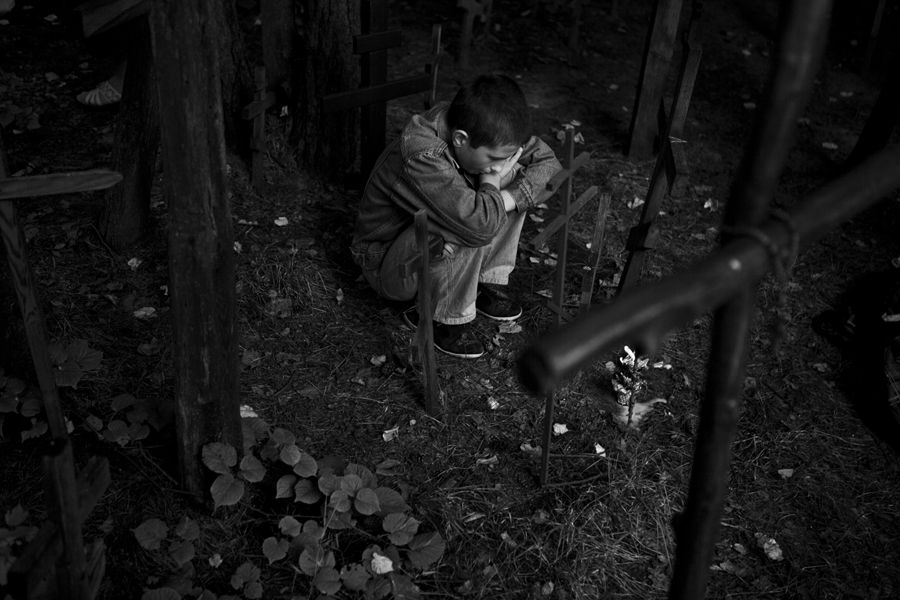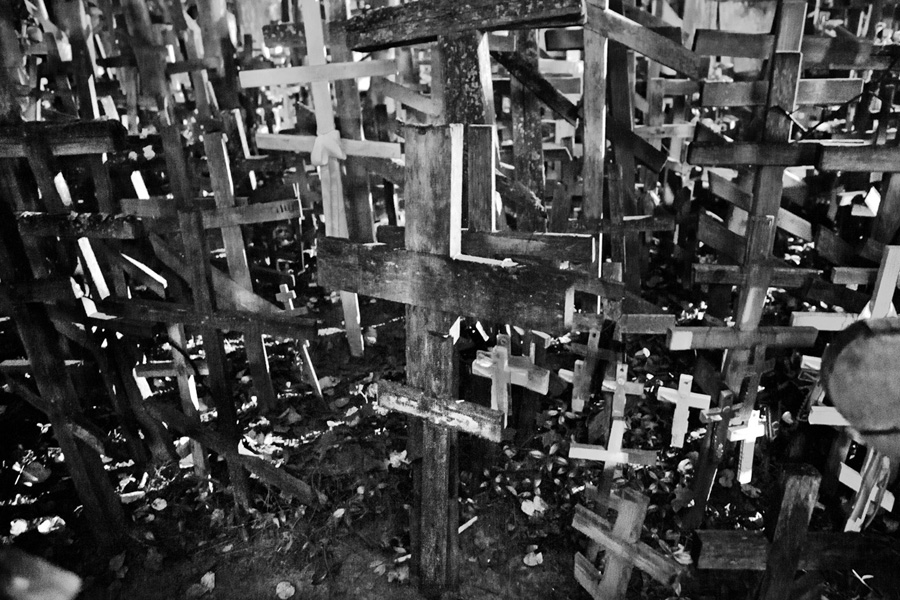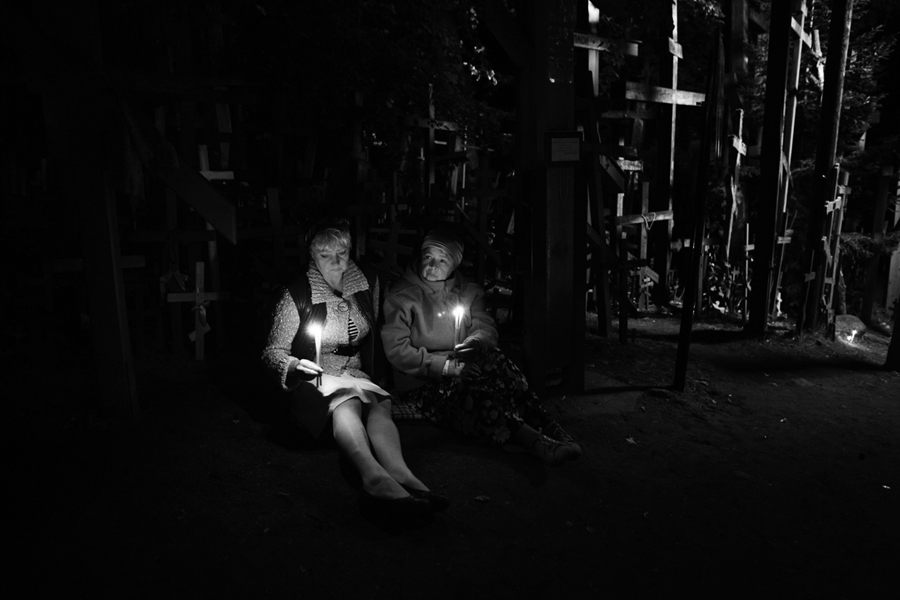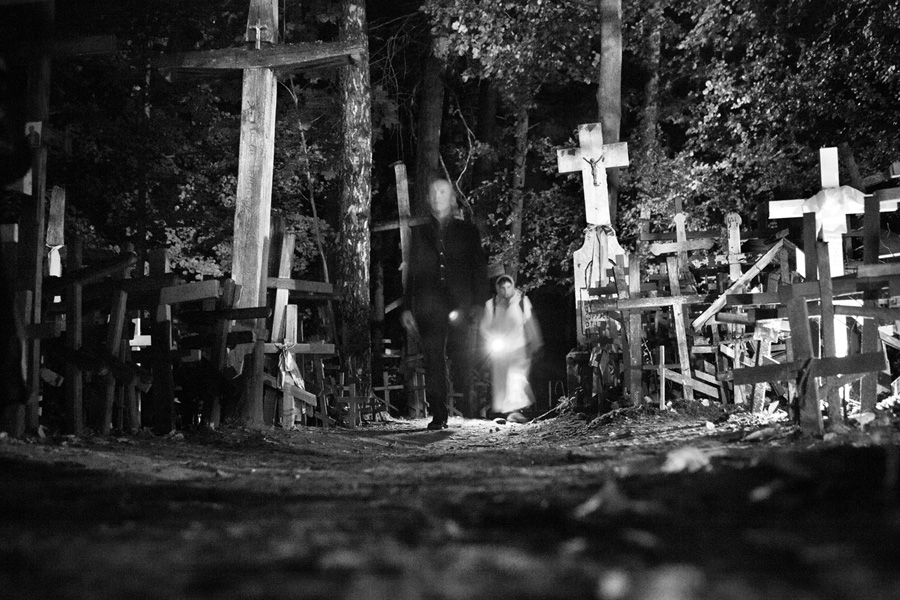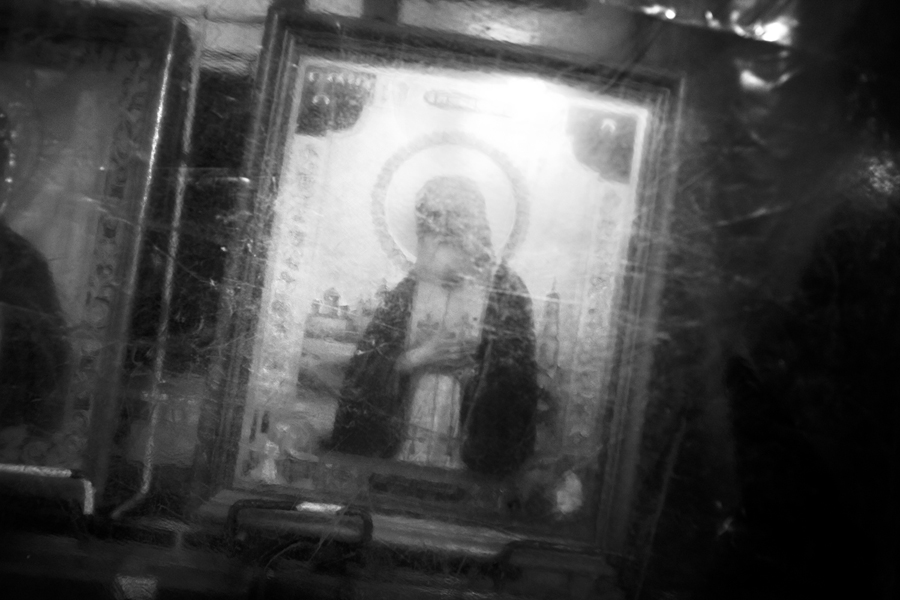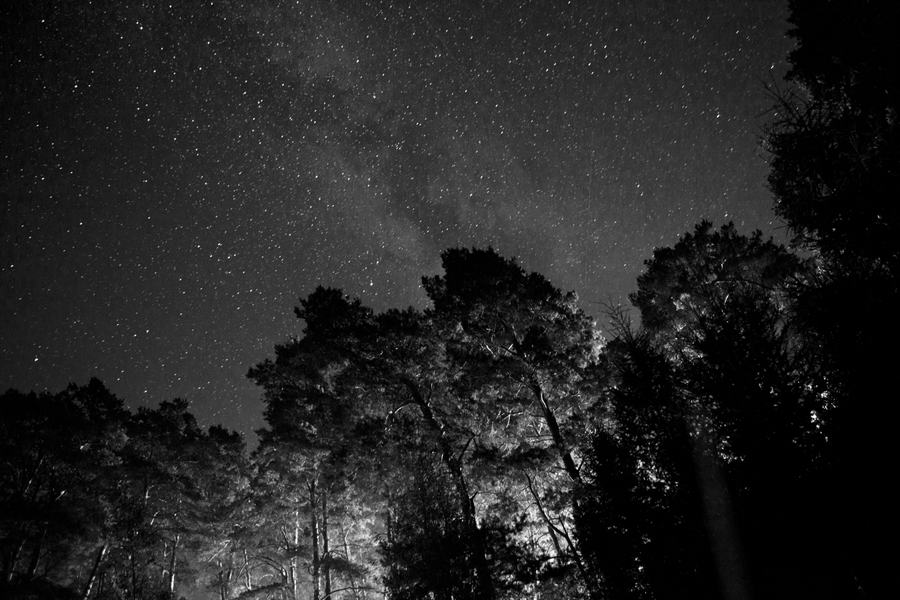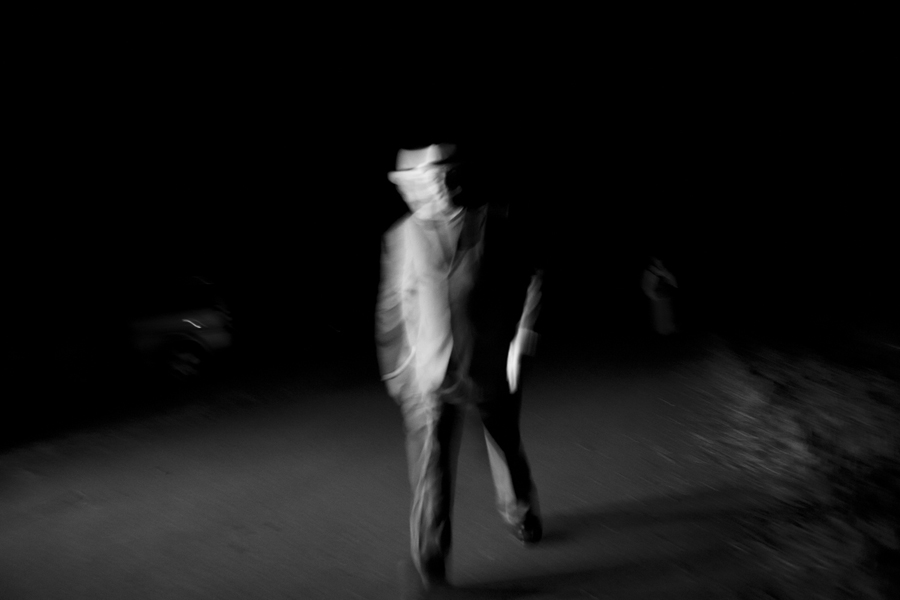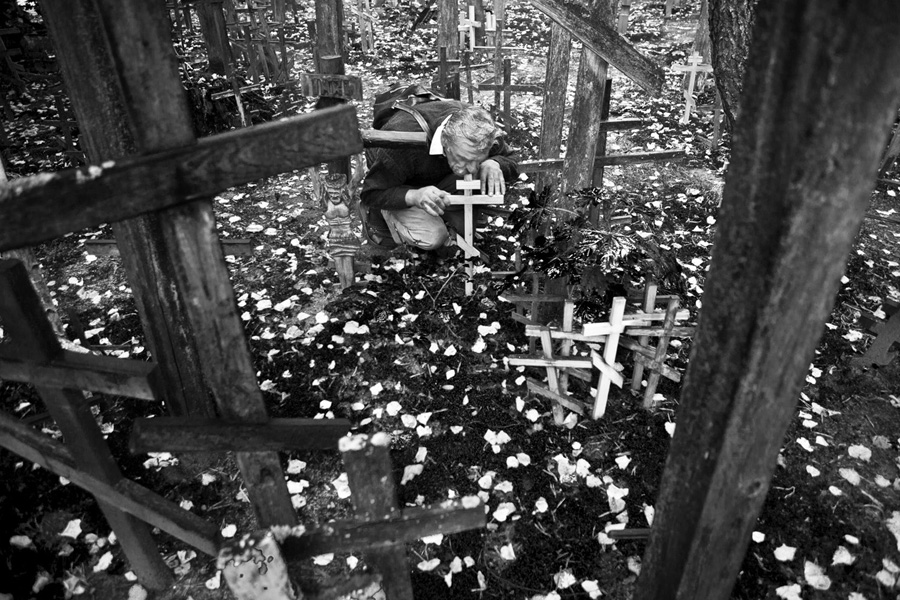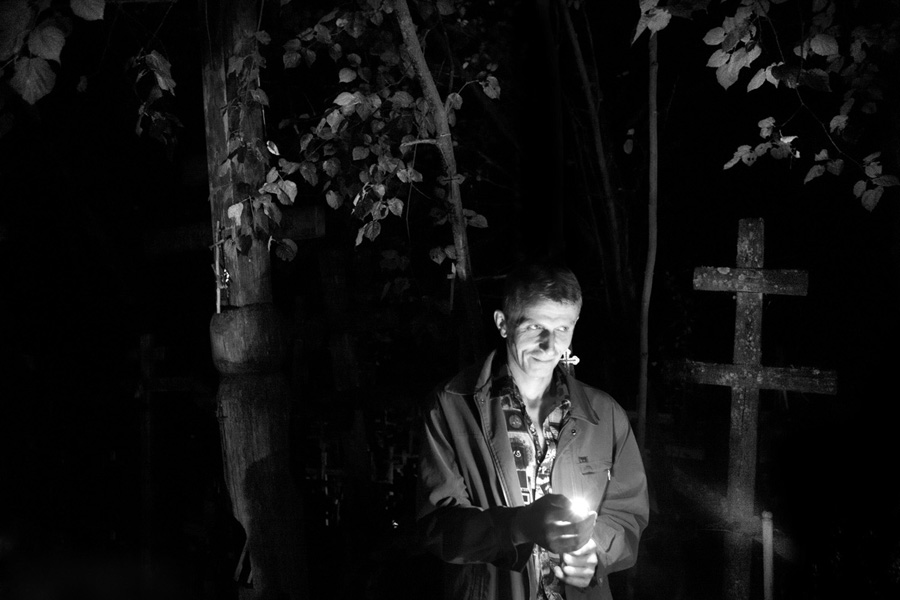Every year, on the 19th of August, thousands of Orthodoxs, moved by faith, flock to the holy mountain of Grabarka to celebrate the Transfiguration. Many of them get there on foot, on their knees or carry the traditional orthodox cross for many miles as a sacrifice to God.
On their arrival the pilgrims place their crosses into the ground and start to pray. They continue their prayers during the entire night, thus hoping to achieve health for themselves and their kin and salvation for their dead ancestors.
The Holy Mount of Grabarka, also known as ‘The mountain of the 6000 crosses’ is the largest center of worship of the Orthodox community in Poland. The story goes that in the 18th century a man suffering from cholera, had a dream and put a cross on top of the mountain and miraculously healed. From that day people have not ceased to carry crosses to the sanctuary and year after year the mountain has been filled with thousands of them. Grabarka is a place full of mysticism and spirituality; a sacred place that serves its devotees as a link between the world of the living and the dead.
Death in human society
The concept of death as an end or as a transition, the idea of immortality and the belief in an afterlife, appear in one form or another in practically all societies and moments of history. Death is a daily fact, implicit to life, and is possibly the only certainty that the human being has got. However, the idea of death remains remoteand is even eluded by the majority of the people, and just the mention of it is considered taboo. It is basically conceived as a personal failure and this causes that its presence fills us with fear, pain and suffering on not knowing how to treat it and not being prepared to assume it naturally. At this point appear religion, the myths, and the different beliefs which generate hope in the human being when facing this great mystery of life: death.
About Yurian Quintanas
Born in Amsterdam in 1983. After graduating as a Superior grade in Image, in 2007 I did a specialized course in photo-reportage at IDEP Barcelona. Then I had an opportunity to work as an assistant for various National Geographic photographers, thus getting a closer look into the work proceedings. From that time I started working at my own projects both photojournalism and travel photography. Gradually I’m becoming more interested in human stories away from the daily news and more related to my own view of life. Over the past years I ‘ve won several prizes as the selection for Descubrimientos PhotoEspaña, a Highly commended in the Travel Photographer of the Year Awards and I have been awarded with scholarships like the “XIII International photojournalism meeting of Gijon” or the Magnum Photo Workshop scholarship with Chien-Chi Chang. [Official website]



